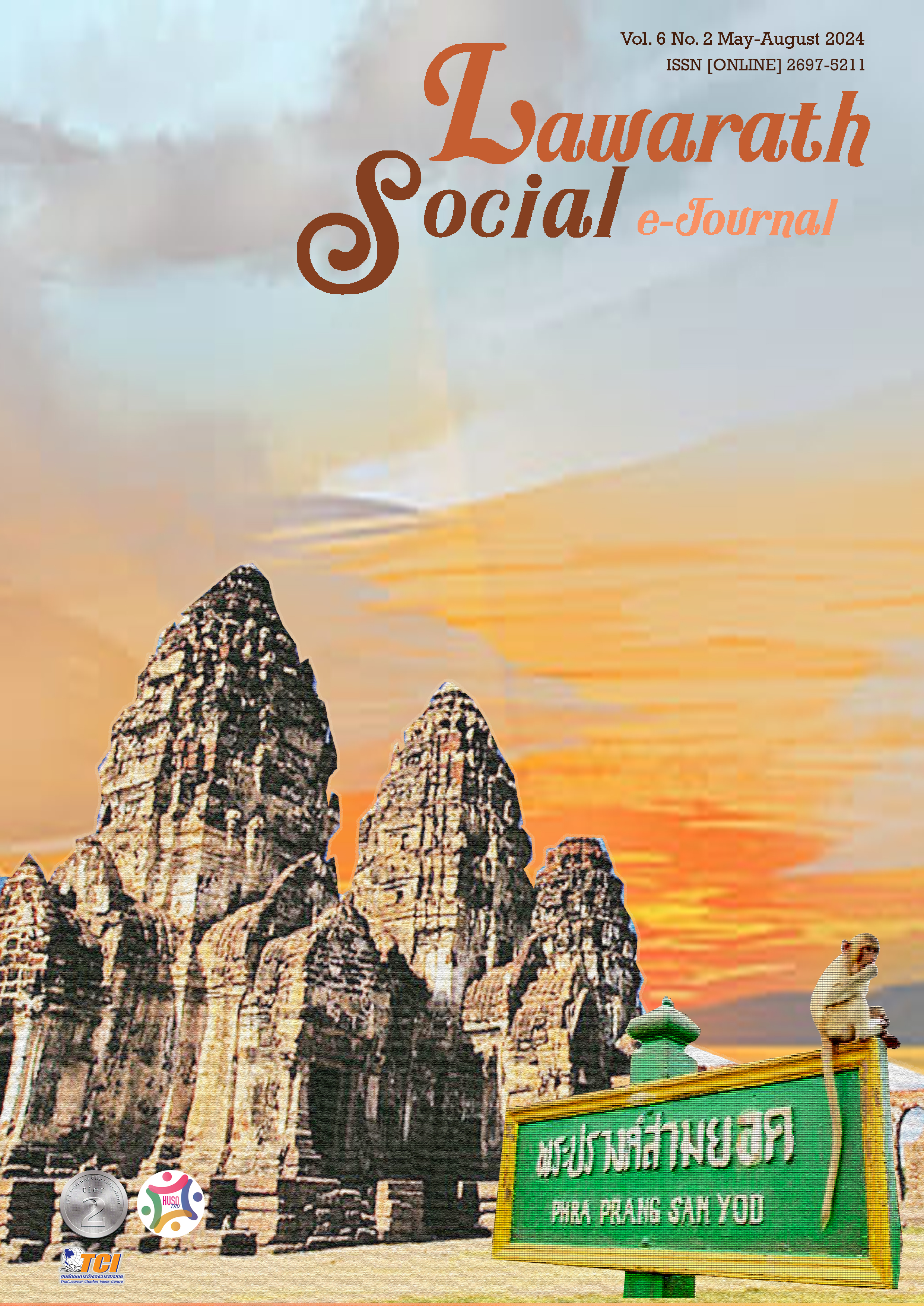A Study on the Interpretation Model of Plant Nouns Based on Generative Lexicon Theory
Keywords:
Generative Lexicon Theory, Qualia Role, Plant Words, Paraphrase PatternsAbstract
This article takes plant nouns as the research object and establishes five physical roles for plant nouns: form, composition, function, behavior, and implementation. By comparing the similarities and differences in the interpretations of medium-sized Chinese-English dictionaries, it is found that the present Chinese (7th edition) has the problem of unbalanced and inaccurate number of qualia roles and inconsistent order in the use of descriptive words to describe the basic category of the original meaning of plant nouns. In the case of "peach", "plum", "pear", "persimmon", "apricot ", "grass", "flower", "tree", "laurel", "lotus" and "hemp", the basic meanings of common plant words are used as cases to explore the interpretation patterns of plant words in the dictionary and to propose the improvement and optimization of the interpretation. By establishing the interpretation patterns of plant words, it is clear that the introduction of generative lexicon theory can improve the accuracy, systematization and scientificity of the interpretation of botanical word dictionaries.
Downloads
References
Cai, Y., Q. (2018, July). Extroverted Chinese Learning Dictionary Definitions and Words. Lexicographical Studies, (4), 58-68.
Collins COBUILD. (2017). Collins COBUILD Advanced Learner's Dictionary (9th ed.). Glasgow: Harper Collins Publishers.
Hornby, A., S., Wehmeier, S., & Ashby, M. (Eds.). (2020). Oxford Advanced Learner's Dictionary (10th ed.). Oxford: Oxford University Press.
Hu, W., F., &Wang, J. (2016, February). Construction of Multi-dimensional Evaluation System of Chinese-English Dictionary Under User Cognitive Perspective. The English Studies, (8)2, 97-104.
Huang, J. H. (1984, April). Dictionaries. Dictionary Research, (4), 58-65.
______. (2006). History of Chinese Dictionary. China Book Bureau (8th ed.).
Lexicography Department of the Institute of Linguistics, Chinese Academy of Social Sciences. (2016). Xiandai Hanyu Cidian (7th ed.). Beijing: The Commercial Press.
Li, Q. (2014, October). An Analysis of Noun Metaphor Based on Qualia Structure and Conceptual Integration. Language Teaching and Research, 2014(6), 44-53.
Li, Q., &Yuan, Y. L. (2019, September). The Structural Description and Conceptual Interpretation of Nouns’ Meaning from the Perspective of Generative Lexicon Theory. Linguistics, (1), 263-295.
______. (2001 December).A Study on the Distribution of 100 Core Words in Chinese English Dictionaries. Journal of North China University (Social Sciences Edition), 14(6), 9-15
Li, S. C. (2013, October). A Corpus Based Study of The Semantic Item Distribution of the Modern Chinese "Green". Journal of Shanxi Datong University (Social Science Edition), 27(5), 62-66.
Li, X. (2014). Xiandai Hanyu Guifan Cidian (3rd ed.) [A Standard Chinese Dictionary of Contemporary Words (3rd ed.)]. Beijing: Foreign Language Teaching and Research Press.
Noam. (1957). Syntactic Structures. The Hague: Mouton & Co.
Song, Z. Y. (2017, February). The Cognitive Orientation of Generative Thesauri from Linguistic Associations. Journal of Peking University: Philosophy and Social Sciences Edition, 54(2), 13-22.
Su, X., Ch. (2013). A Thesaurus of Modern Chinese. Beijing: The Commercial Press.
Tan, H. J., &Lei. H., Y. (2020, March). A Study on The Inclusion and Interpretation of Plant Words in The Modern Chinese Dictionary. Journal of Jilin Normal University. Social Science Edition, (03), 41-49.
Tan, J., C. (2015, February). The Three Basic Principles of Dictionary Interpretation --- An Example of the Revision of the 6th Edition of the Modern Chinese Dictionary. Dictionary Studies, 2(4), 20-25.
Wang, E., X., &Guo, Z. H. (2020, August). A Study of the Evolution of Dictionary Interpretation Methods. Journal of Ludong University (Philosophy and Social Science Edition), 37(06), 1-10.
Wang, X., L., &Hang, S. Y. (2021, April). Take "Contemporary Chinese Learning Dictionary" as an Example. Language Application, 10(4), 132-141.
Wang, Y. (1999, May). Iconicity of Linguistic Symbol. Foreign Languages and Their Teaching, 16(5), 4-7+57.
Wang, J., L. (2014, March). Some Examples of Plant Words Mistakes in Revised Edition CiYuan. Journal of Hebei University Philosophy and Social Science, 39(2), 33-39.
Xiao, Sh., M., &Xiao, H., Y. (2010, January). “Shuo Wenjiezi. #bu” XuiShen’s Supplementary Explanation of Herbal Plant Words and Explandation is Vegetable Person. Jianghai Academic Journal, 17(1), 47.
Yuan, Y., L. (2014, August) Description System and Application Cases of Physical. Structure of Chinese Nouns. Contemporary Linguistics. 16(1), 42.
Zhang, Z., Y., &Zhang, Q. Y. (2015). Theoretical Lexicography. Beijing: The Commercial Press.
Zhang, Y., H., &Huang, J. H. (2000, January). The Influence of Linguistic theory on Dictionary Definition. Modern Foreign Languages, (01), 67-76.
Downloads
Published
How to Cite
Issue
Section
License

This work is licensed under a Creative Commons Attribution-NonCommercial-NoDerivatives 4.0 International License.



